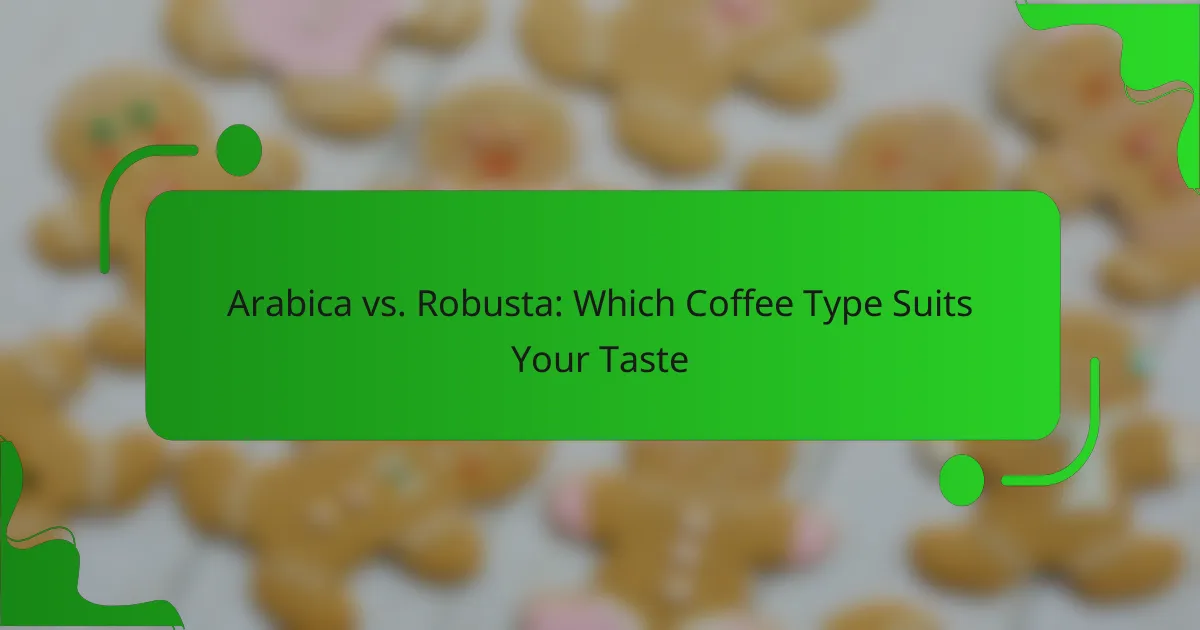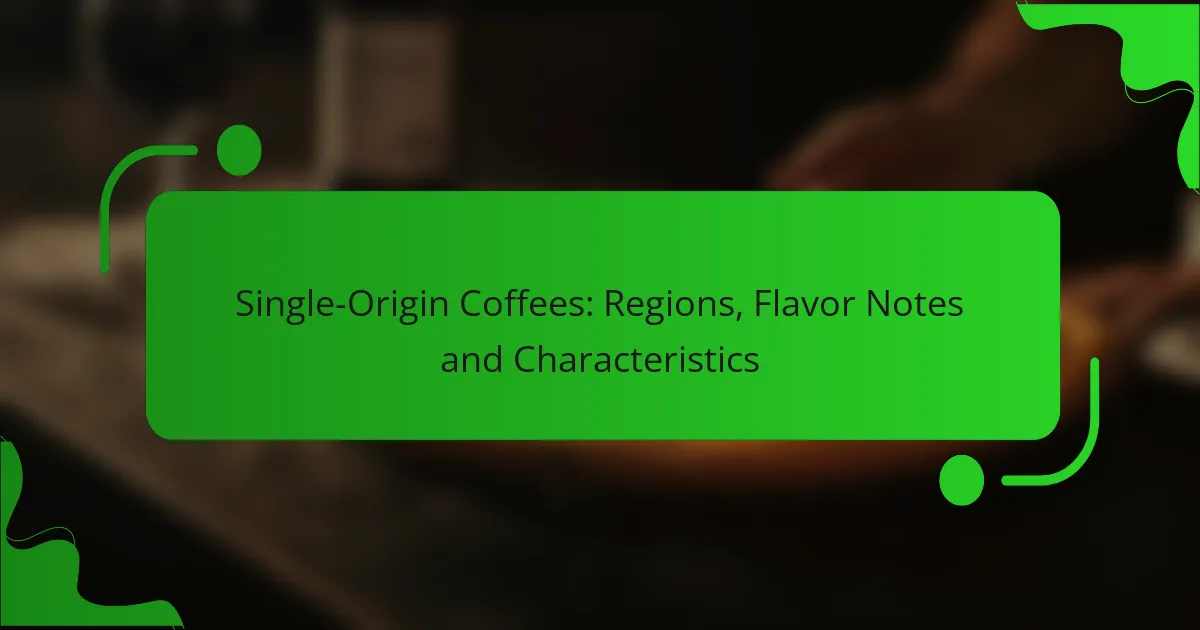Cold brew coffee offers a delightful array of varieties, each showcasing distinct flavors, aromas, and qualities. From single origin to flavored options, the choice of beans and brewing methods significantly influences the tasting experience. With its smoother, less acidic profile, cold brew invites coffee enthusiasts to explore a rich spectrum of aromatic notes and flavor nuances.
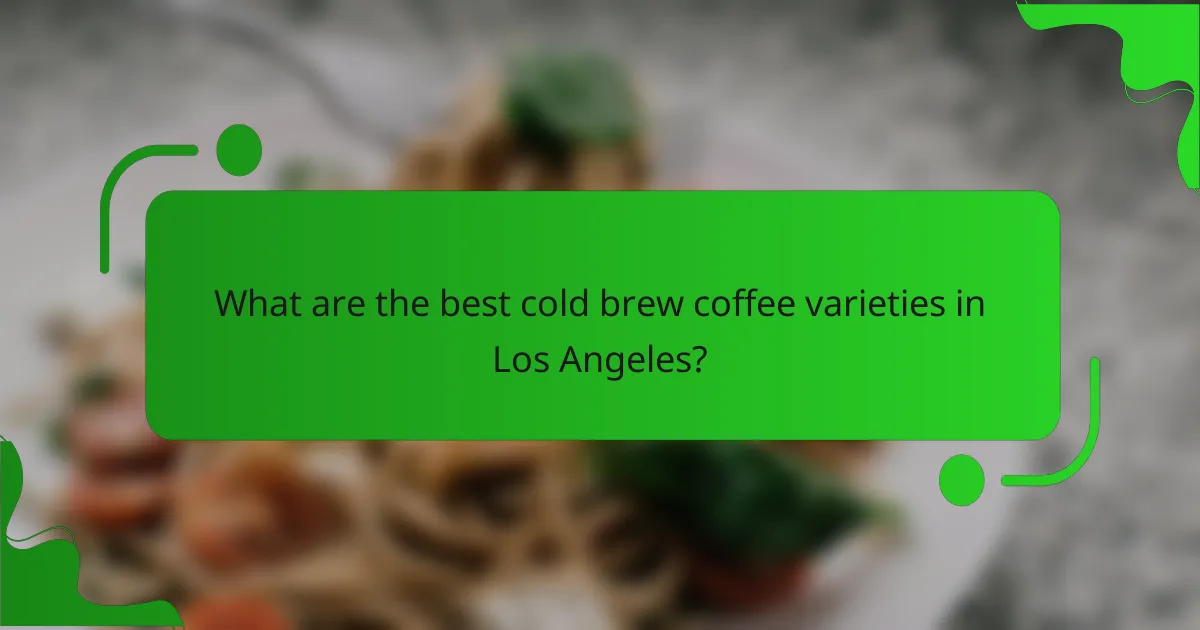
What are the best cold brew coffee varieties in Los Angeles?
The best cold brew coffee varieties in Los Angeles include single origin, blended, flavored, nitro, and decaf options. Each type offers unique flavor profiles and brewing methods, catering to diverse preferences among coffee enthusiasts.
Single Origin Cold Brew
Single origin cold brew is made from coffee beans sourced from a specific region or farm, highlighting distinct flavor notes unique to that locale. In Los Angeles, popular origins include Ethiopian and Colombian beans, known for their fruity and chocolatey profiles, respectively.
When selecting single origin cold brew, consider the roast level and tasting notes. Lighter roasts often have brighter acidity, while darker roasts provide a richer, fuller body. Look for local cafes that showcase these varieties for an authentic experience.
Blended Cold Brew
Blended cold brew combines beans from multiple origins to create a balanced flavor profile. This variety often aims for a smooth, consistent taste that appeals to a wide audience. Many Los Angeles coffee shops offer house blends that are crafted to perfection.
When choosing blended cold brew, pay attention to the flavor descriptions. A well-crafted blend can provide a harmonious mix of sweetness, acidity, and body, making it a versatile choice for different palates.
Flavored Cold Brew
Flavored cold brew incorporates syrups or natural flavorings to enhance the coffee experience. Common flavors include vanilla, caramel, and seasonal options like pumpkin spice. Many cafes in Los Angeles offer these variations to cater to those seeking a sweeter beverage.
When trying flavored cold brew, consider the balance between the coffee and flavoring. Too much syrup can overpower the coffee’s natural taste, so opt for places that use high-quality flavorings or offer the option to adjust sweetness levels.
Nitro Cold Brew
Nitro cold brew is infused with nitrogen gas, giving it a creamy texture and a frothy head, similar to draft beer. This method enhances the coffee’s natural flavors while providing a smooth drinking experience. Many Los Angeles cafes have started serving nitro cold brew on tap.
When ordering nitro cold brew, look for freshness, as it is best enjoyed shortly after being brewed. The nitrogen infusion can also reduce the need for added cream or sugar, making it a popular choice for those seeking a low-calorie option.
Decaf Cold Brew
Decaf cold brew is made using decaffeinated coffee beans, allowing those sensitive to caffeine to enjoy cold brew without the jitters. In Los Angeles, many coffee shops offer decaf options that maintain rich flavors despite the lack of caffeine.
When selecting decaf cold brew, check for quality decaf beans, as the decaffeination process can sometimes affect flavor. Look for establishments that use the Swiss Water Process or other gentle methods to preserve the coffee’s characteristics.
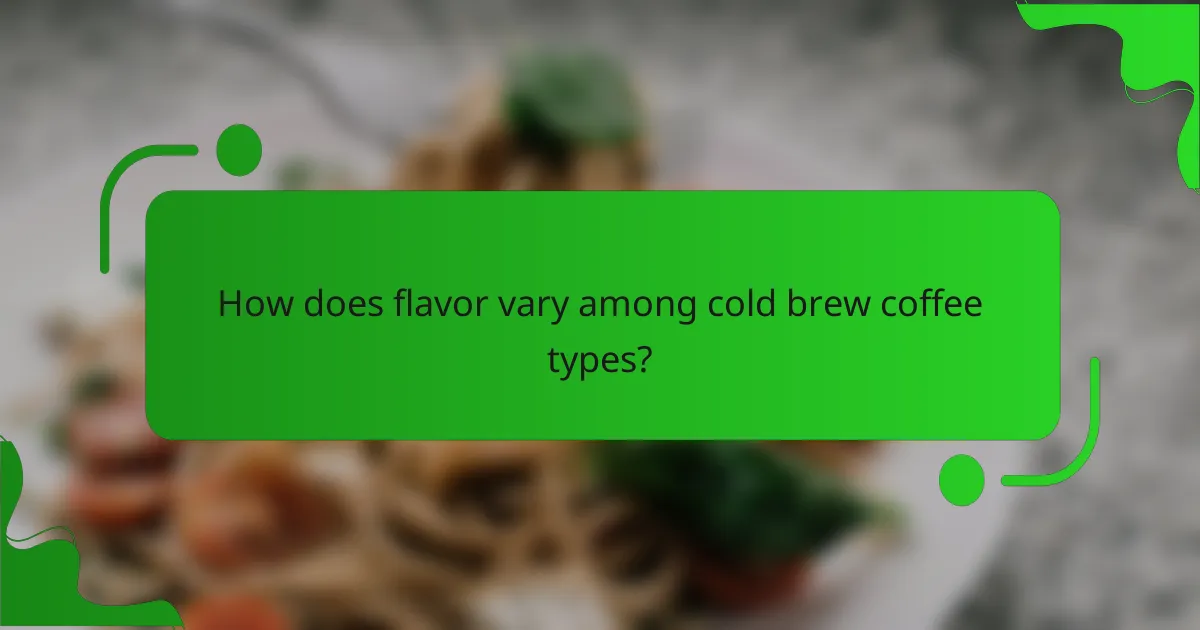
How does flavor vary among cold brew coffee types?
The flavor of cold brew coffee can vary significantly based on the type of beans used, the brewing method, and the steeping time. Different varieties can highlight unique tasting notes, creating a diverse range of experiences for coffee lovers.
Chocolatey Notes
Cold brew coffees often exhibit rich chocolatey notes, especially when made from beans sourced from regions like Central and South America. These beans typically have a natural sweetness that complements the chocolate flavors, making for a smooth and satisfying cup.
To enhance chocolatey flavors, consider using a coarser grind and steeping for a longer duration, around 12 to 24 hours. This method extracts the deeper, richer notes while minimizing acidity.
Citrusy Notes
Citrusy notes in cold brew coffee are often found in beans from African regions, particularly Ethiopia. These coffees can present bright, zesty flavors reminiscent of lemon or orange, providing a refreshing contrast to the typical coffee profile.
For a pronounced citrus flavor, opt for a shorter steeping time, around 8 to 12 hours, and use a medium grind. This approach helps retain the vibrant acidity and fruity characteristics.
Nutty Undertones
Nutty undertones are commonly associated with beans from Brazil and Colombia. These coffees can deliver flavors akin to almonds or hazelnuts, adding a creamy texture to the cold brew experience.
To accentuate nutty flavors, aim for a medium grind and steep for about 12 to 16 hours. This balance allows for a smooth extraction that highlights the nutty richness without overwhelming bitterness.
Fruity Flavors
Fruity flavors in cold brew can range from berry-like notes to stone fruits, depending on the bean origin. Coffees from regions like Kenya often showcase these vibrant fruity characteristics, making them stand out in a cold brew format.
To maximize fruity flavors, use a finer grind and steep for a shorter period, around 8 to 10 hours. This method captures the delicate fruitiness while keeping the brew light and refreshing.
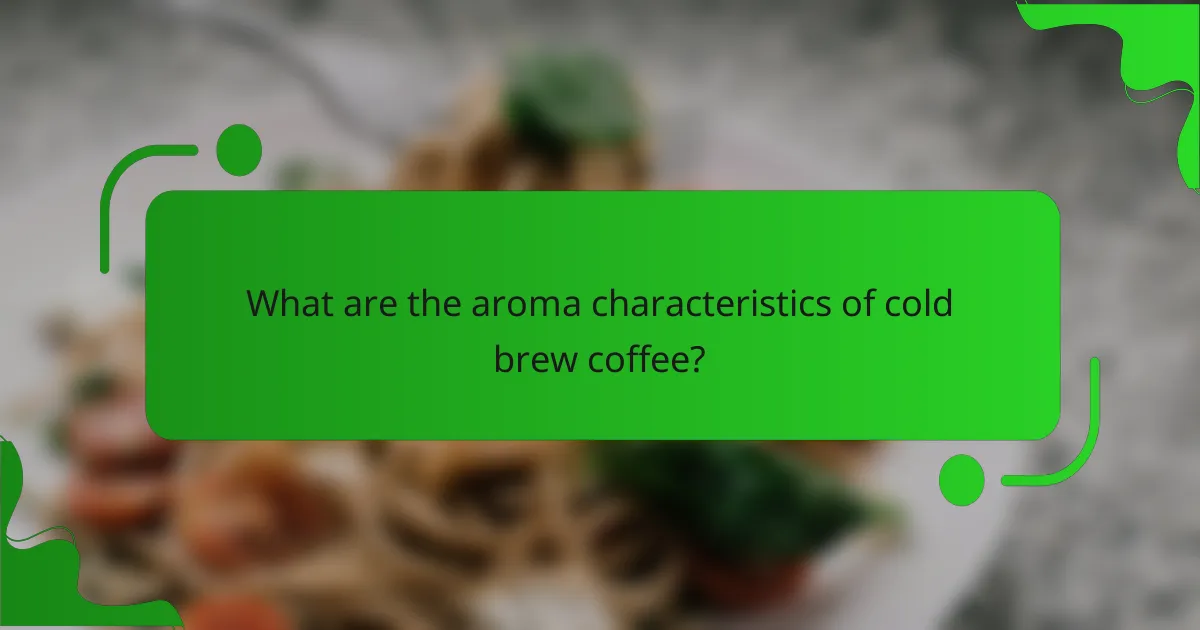
What are the aroma characteristics of cold brew coffee?
Cold brew coffee is known for its unique aroma profile, which can vary significantly based on the beans used and the brewing process. Generally, it tends to have a smoother, less acidic scent compared to traditional brewed coffee, highlighting different aromatic notes.
Earthy Aromas
Earthy aromas in cold brew coffee often come from beans sourced from regions like Sumatra or Ethiopia. These scents can evoke a sense of soil or forest, providing a grounding experience. The earthy notes are typically more pronounced in darker roasts, which can enhance the overall depth of the brew.
When selecting beans, look for descriptions that mention earthy or herbal qualities. These can add a rich, complex layer to your cold brew, making it more enjoyable for those who appreciate robust flavors.
Sweet Aromas
Sweet aromas in cold brew coffee can include hints of caramel, chocolate, or even fruity notes. These characteristics are often found in medium to light roasts, where the natural sugars in the beans are more prominent. The sweetness can balance the bitterness, creating a smoother drinking experience.
To enhance sweet aromas, consider using beans from Central America or South America, which are known for their naturally sweet profiles. Experimenting with different brewing times can also help to bring out these delightful scents.
Spicy Aromas
Spicy aromas in cold brew coffee can add an intriguing complexity to the drink. Notes of cinnamon, nutmeg, or clove may emerge, particularly from beans that have been roasted longer or sourced from specific regions. These spices can create a warm, inviting scent that complements the coffee’s overall flavor.
When looking for spicy aromas, consider beans from regions like India or certain African countries. Additionally, adding spices during the brewing process can enhance these aromatic qualities, allowing for a personalized touch to your cold brew.

How is cold brew coffee quality assessed?
Cold brew coffee quality is primarily evaluated based on flavor, aroma, and overall freshness. Factors such as brewing time, coffee bean quality, and water quality play critical roles in determining the final product’s taste and characteristics.
Brewing Time
The brewing time for cold brew coffee typically ranges from 12 to 24 hours. A longer brewing time can enhance flavor extraction but may also lead to over-extraction, resulting in bitterness. Experimenting within this range can help find the ideal balance for personal taste preferences.
For a smoother profile, aim for a brewing time closer to 12 hours, while a time closer to 24 hours may yield a richer, more robust flavor. Always taste periodically to ensure the brew meets your desired flavor profile.
Coffee Bean Quality
The quality of coffee beans significantly impacts the flavor and aroma of cold brew. High-quality, freshly roasted beans are recommended for the best results. Look for specialty-grade beans, which are often sourced from specific regions known for their unique flavor profiles.
Consider using a coarser grind to prevent over-extraction during the long brewing process. Beans should be stored properly, ideally in an airtight container, to maintain freshness and prevent degradation of flavor.
Water Quality
Water quality is crucial for brewing cold brew coffee, as it makes up a significant portion of the final beverage. Use filtered or bottled water to avoid any off-flavors that tap water might introduce. The ideal water temperature for brewing should be room temperature or slightly cooler.
Additionally, consider the mineral content of the water, as it can affect extraction and flavor. Water with balanced mineral levels typically enhances the coffee’s taste, while overly soft or hard water can lead to undesirable flavors.
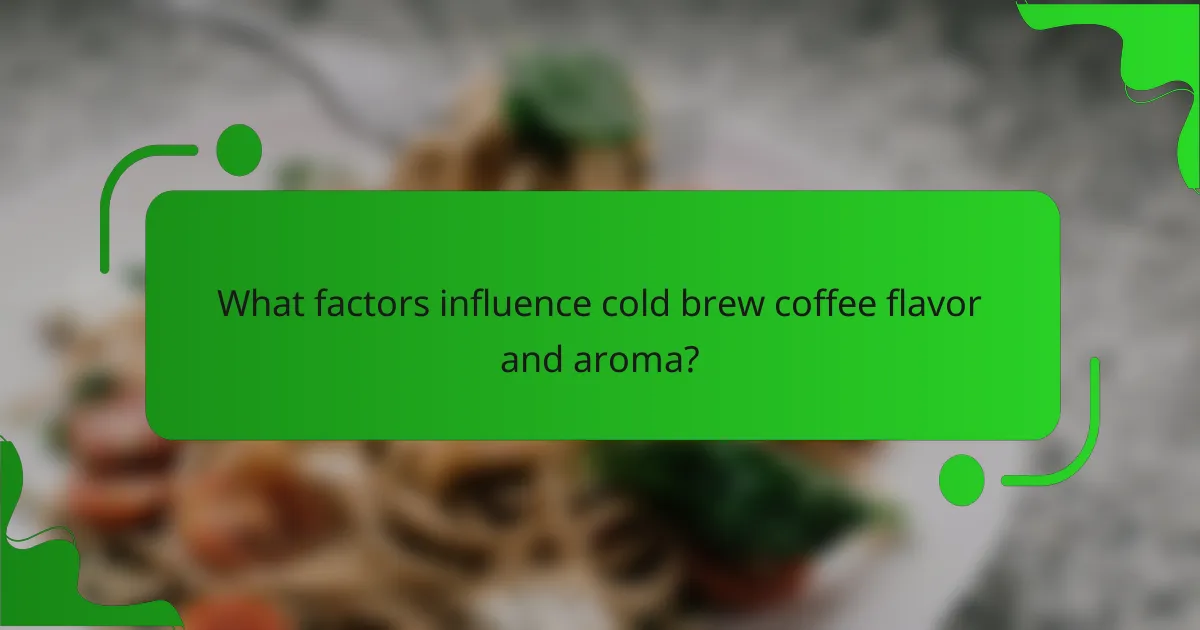
What factors influence cold brew coffee flavor and aroma?
The flavor and aroma of cold brew coffee are influenced by several key factors, including the origin of the beans, the grind size, and the water temperature used during brewing. Each of these elements plays a crucial role in determining the final taste profile and quality of the cold brew.
Bean Origin
The origin of coffee beans significantly impacts the flavor and aroma of cold brew. Beans from different regions possess unique characteristics; for example, Ethiopian beans often have fruity and floral notes, while Colombian beans are known for their balanced acidity and nutty flavors. Selecting beans based on their origin can help you achieve a desired taste profile.
When experimenting with cold brew, consider trying beans from various regions to discover which flavors you prefer. Look for single-origin options or blends that highlight specific tasting notes that appeal to you.
Grind Size
Grind size is critical in cold brew preparation, as it affects extraction time and flavor intensity. A coarser grind is generally recommended, as it allows for a slower extraction process, resulting in a smoother and less bitter brew. A grind that is too fine can lead to over-extraction, producing undesirable flavors.
As a guideline, aim for a grind size similar to that of sea salt. This will help ensure optimal extraction during the brewing process, enhancing the overall flavor and aroma of your cold brew coffee.
Water Temperature
Water temperature plays a vital role in the extraction of flavors during cold brew coffee preparation. Typically, cold brew is made with room temperature or cold water, which results in a smoother and less acidic beverage compared to hot brewing methods. The lower temperature extracts flavors more gently, preserving the coffee’s natural sweetness.
For best results, steep your coffee grounds in cold or room temperature water for an extended period, usually between 12 to 24 hours. This slow extraction process will yield a rich and flavorful cold brew that highlights the unique characteristics of your chosen beans.
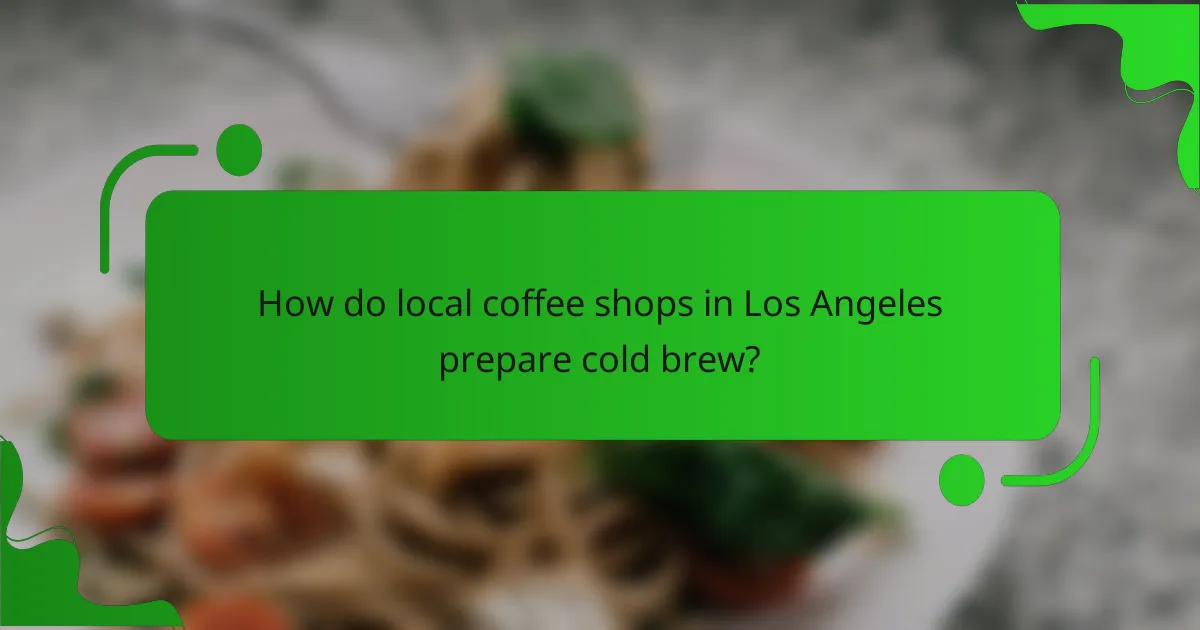
How do local coffee shops in Los Angeles prepare cold brew?
Local coffee shops in Los Angeles typically prepare cold brew by steeping coarsely ground coffee in cold water for an extended period, usually 12 to 24 hours. This method results in a smooth, less acidic coffee concentrate that can be served over ice or mixed with milk or sweeteners.
Brewing Techniques
In Los Angeles, many coffee shops utilize a variety of brewing techniques for cold brew, including immersion and drip methods. The immersion method involves steeping coffee grounds in cold water, while the drip method allows water to slowly pass through the coffee grounds, extracting flavors over time.
Shops may also experiment with different coffee bean origins and roast levels to create unique flavor profiles. For instance, using Ethiopian beans can yield fruity notes, while Colombian beans might offer a nuttier taste.
Flavor Profiles
The flavor profiles of cold brew can vary significantly based on the coffee beans used and the brewing method. Generally, cold brew is known for its smooth, rich taste with low acidity, making it appealing to many coffee drinkers.
Los Angeles coffee shops often highlight specific flavor notes, such as chocolate, caramel, or floral undertones, depending on the beans. Some establishments even offer seasonal blends that incorporate local ingredients or flavors.
Aroma and Quality Considerations
Aroma plays a crucial role in the overall experience of cold brew coffee. High-quality beans will typically produce a more aromatic brew, enhancing the sensory experience. Many local shops prioritize sourcing specialty-grade coffee, which is often fresher and more flavorful.
When evaluating quality, consider the freshness of the coffee beans and the brewing time. A well-executed cold brew should have a balanced aroma that complements its flavor, with no off-putting scents. Shops that focus on quality often provide detailed information about their sourcing and brewing processes to educate customers.

